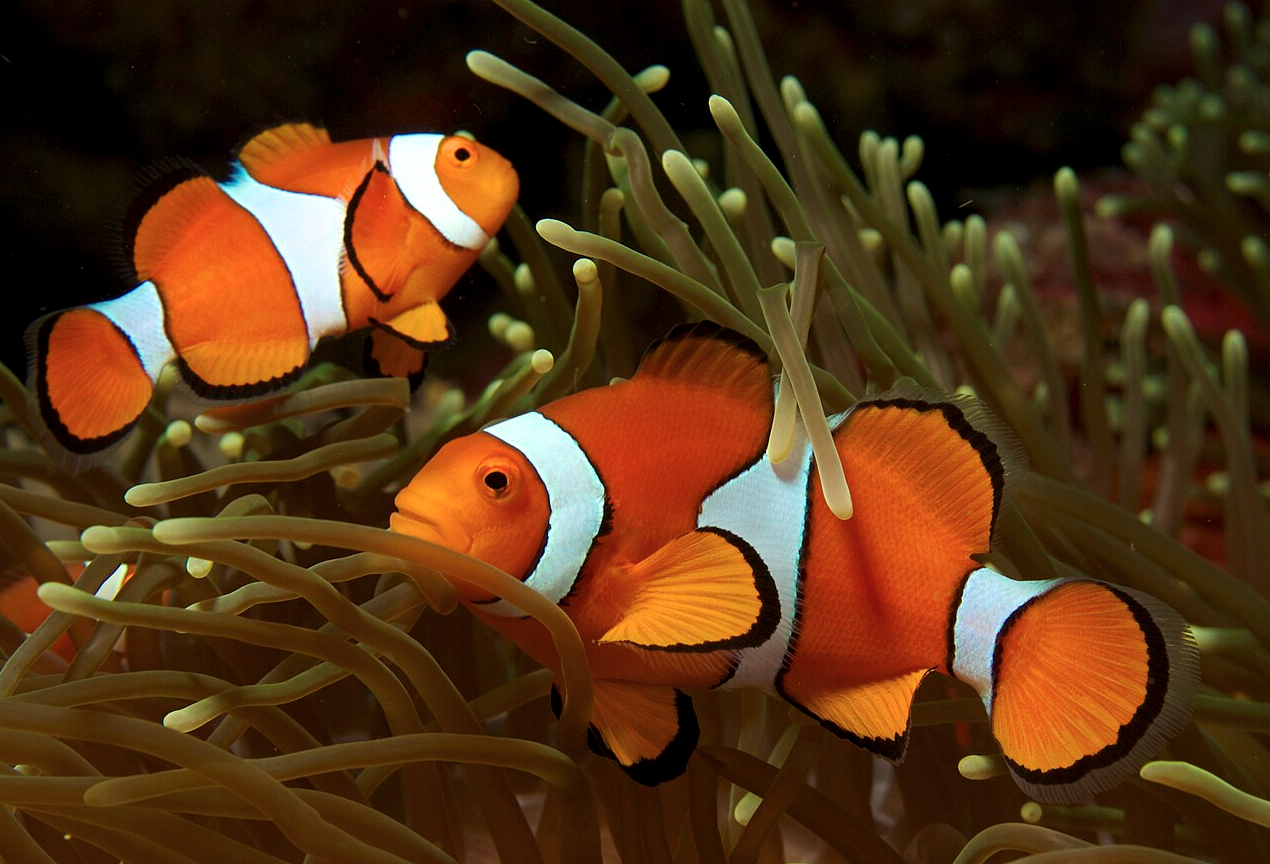Spearheaded by the Wellcome Sanger Institute and Dr. Micheal Sweet, the Aquatic Symbiosis Genome project aims to sequence as many corals and their symbionts as possible to unlock conserved trends in their associations.
In recent years, DNA extraction from corals has been optimized, allowing rapid progress in our understanding of coral’s microbial world. Researchers associated with the study hope to identify if there are any genetic traits or specific symbionts some corals possess that make them more resilient to stress and disease.
With this knowledge, targeted inoculation, genetic engineering, or spawning could allow conservationists to produce hardier strains of coral, which would be out-planted onto reefs, allowing them to thrive for years.
In addition to corals, the ASG has three other teams focused on analyzing distinct symbiosis. One team led by Ute Hentschel Humeida in Germany is analyzing the symbiotic communities of sponges.
Another team led by Jose Victor Lopez in Florida is looking at photosymbiosis broadly across animal groups, including corals, mollusks, and flatworms. The final group, led by John Archibald in Canada, hopes to analyze assemblages of single-celled organisms and how their associations can influence evolution over a function of time.
Six additional groups will be added after these four groups complete “phase one” of the project.
The Phase 2 hubs are:
Ciliates as models for symbiosis: Using genomic analyses of functionally diverse symbiotic associations with parallel origins to gain insights into basic evolutionary principles of symbiosis, led by Patrick Keeling at the University of British Columbia.
Genomic signatures behind the origin of multiple cephalopod symbiotic organs, led by Oleg Simakov at the University of Vienna.
Bacterial symbiosis as an adaptation to extreme environments in annelid worms, led by José M. Martín-Durán at Queen Mary University of London.
What makes a lichen? Evolution and ecology of fungal-algal symbioses across marine and freshwater environments, led by Nick Talbot at the Sainsbury Laboratory.
Symbiosis as a driver for molluscan diversity, led jointly by Jillian Petersen (University of Vienna), Roxanne Beinart (University of Rhode Island) and Julia Sigwart (Senckenberg Research Institute).
Symbioses in 3D: diversity and dynamics in pelagic symbioses across the tree of life, led jointly by Anne Thompson (Portland State University), Kelly Sutherland (University of Oregon) and Michael N Dawson (University of California, Merced)
https://www.sanger.ac.uk/collaboration/aquatic-symbiosis-genomics-project
Overall, this project will be the much-needed stepping stone to the creation of the first “super corals” and will likely shed light on many other underexplored aspects of science.



